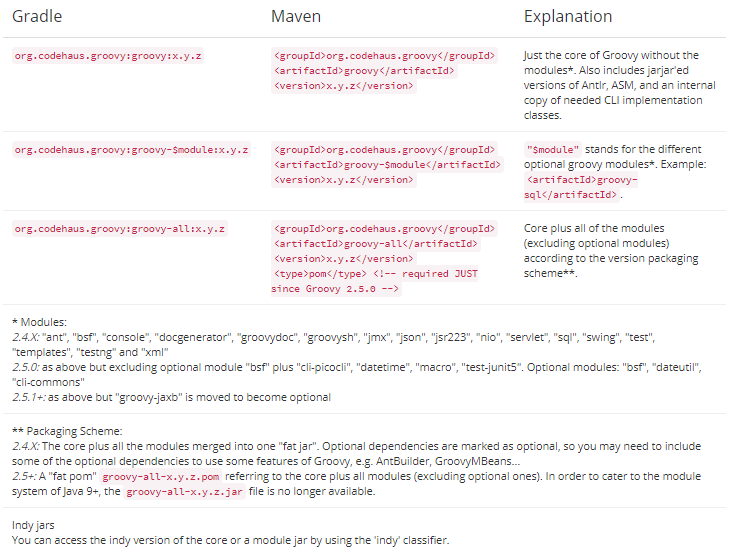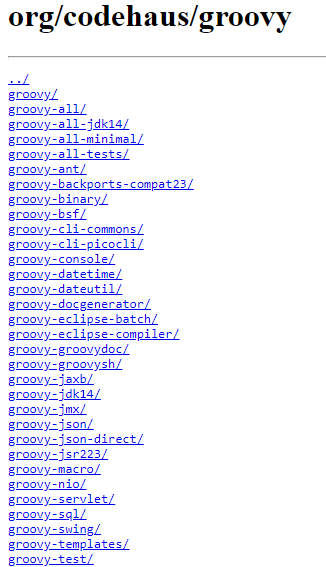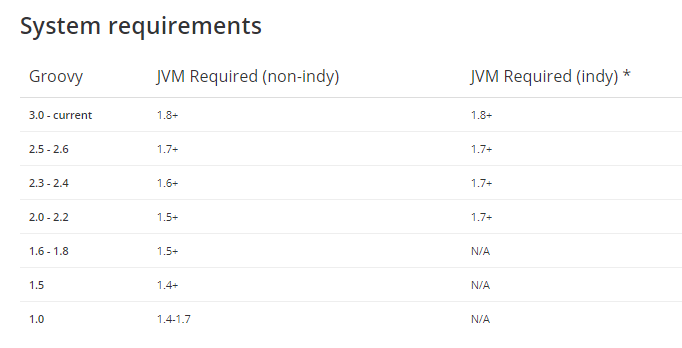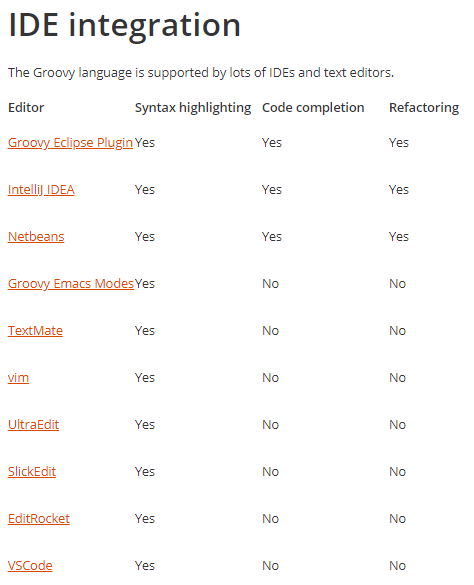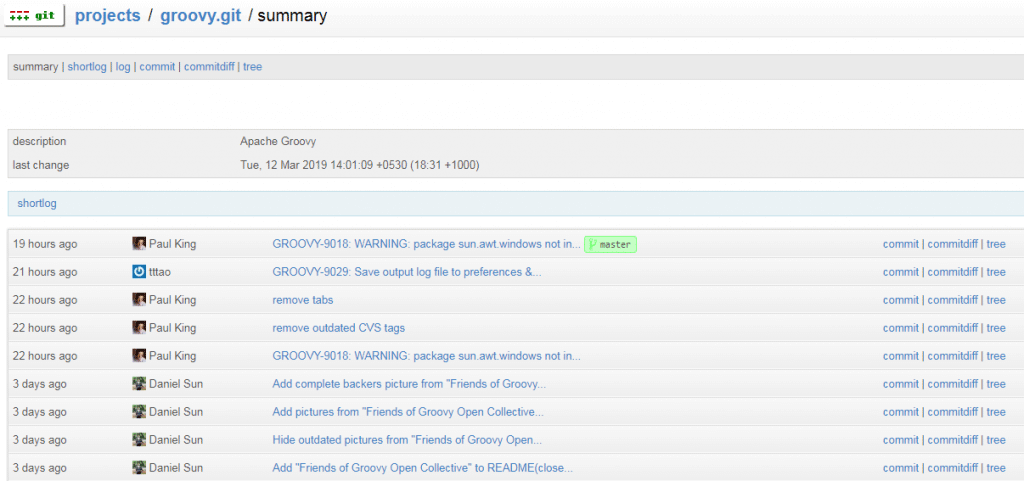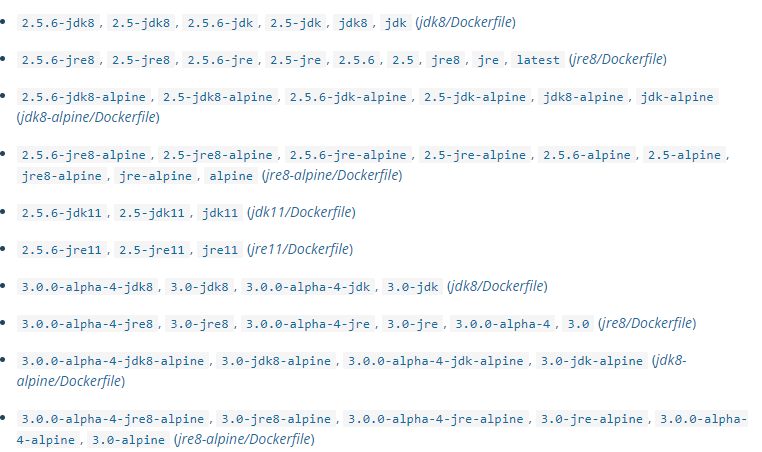Updated March 13, 2023

How to Install Groovy?
Apache Groovy is an object-oriented language with a Java platform and its syntax compatibility. It is both a static and a dynamic form of language, having features that are quite similar to Ruby, Python, Smalltalk, and Perl. The main features lie in the fact that it can be used both as a scripting language and a programming language for the Java Platform. Like Java, this is also compiled to a JVM bytecode which can interoperate between many other Java-based libraries. It also makes use of the curly braces kind of a syntactical structure, similar to Java. The additional features include multiline strings, closures, and expressions embedded in strings.
The groovy language provides inbuilt support for many markup languages such as HTML and XML, which is accomplished using a DOM (Document Object Model) syntax. Unlike the Java programming language, a Groovy-based source code file can be executed as an uncompiled script if it contains the code piece outside the class definition. Therefore, it can be said that the Groovy script can be fully compiled, parsed and is generated before it is actually executed. Below are some steps which talk about downloading and installing Groovy.
There are a few different ways by which you can download this language:
Download a binary or a source distribution package: Distributions are the packages or the bundles of the source or class files that are required to build or make use of the Groovy language. A source zip is provided by all Apache projects, which help create the software from scratch. The source zip, in fact, can be used as an authoritative artifact for every possible release. Other than these, binary, SDK and downloadable documentation are also provided. There are multiple versions related to this.
Groovy edge 3.0 version is the latest among them all.
Another latest stable version is the 2.6 version.

There are other many previous stable versions of Groovy. Those releases do not provide any warranty.
Steps to Install Groovy
Some instructions to describe the installation of Groovy binary distribution:
Step 1: The first step will be to download the binary distribution set and unpack it into another file on the local file system.
Step 2: The next step involves setting up the GROOVY_HOME environment variable to the unpacked distribution directory.
Step 3: Add GROOVY_HOME/bin to your PATH location in the environment variable section of Windows.
Step 4: Ensure that you are not missing out on setting the JAVA_HOME environment variable, which points to your Java Development Kit. Generally, on an OS X, this is /Library/Home/Java, and in other Unix based operating system, it is /usr/java. If you have previously installed some kind of installation for the build tools such as Maven or Ant, it means you must have already set this PATH variable.
Step 5: Once you are sure that you installed Groovy properly. You can check it by writing commands such as:
groovysh: This command will give you an interactive groovy shell base for you to type and execute your own groovy commands by writing groovy AnyScript
Commands to install Groovy
Making use of a package manager or a bundle for the operating system: The above-explained method is a convenient way to install Groovy. If you do not want to believe in GUI and want a simpler approach, consider using the CLI and these commands.
- SDKMAN: It is a tool that is used to manage parallel versions of multiple SDKs on almost every Unix based system.
- Homebrew: It is a package manager that is meant for macOS.
- MacPorts: It is another system that is used to manage the tools on the macOS.
- Scoop: It is a command-line based installer available for Windows, which HomeBrew inspires.
- Chocolatey: It is used to provide a managed software on Windows.
For Linux users, Groovy is also available by using the preferred operating system language and its system package manager. For example, dpkg, apt, Pacman, etc.
Groovy jars
Appropriate Groovy jars are also available from build tools: In order to add groovy as a dependency to your project, consider referring to the Groovy Jars section of the project build file descriptor:
Groovy released jars are a part of Maven Central or JCenter.
Plugin for IDE to install Groovy
You can choose the latest plugin for your IDE and follow the instructions to install Groovy accordingly.
The latest code related to it will be found on the GIT repository or GITHub mirror.
Docker Hub for Groovy installation
Groovy installation is also provided as a part of Docker. So you can also make use of Docker Hub for Groovy installation.
The command used will be docker pull groovy.
There are a couple of supported tags and other links related to docket files.
Starting Groovysh: docker run -it –rm groovy.
How to run a Groovy script: docker run –rm -v “$PWD”:/home/hardik/groovy/scripts -w /home/hardik/groovy/scripts groovy groovy <script> <script-args>
Reuse the grapes cache: The local grapes cache can be reused within and across containers by simply just creating a volume and mounting in /home/hardik/groovy/.groovy/grapes.
docker volume create –name grapes-cache
docker run –rm -it -v grapes-cache:/home/hardik/groovy/.groovy/grapes groovy
Image variants: The groovy images come in handy with many flavours, specifically designed for their use cases.
groovy :<version>: It is the defacto image that comes into use when you are not really sure about the needs or want to use it. It can be used as a throwaway container.
Conclusion
Groovy is not just an object-oriented programming language; it is also a functional programming language as it provides features such as closures, JSON and XML processing, curry, string interpolation, Abstract syntax tree transformation, Adoption, traits, IDE support, etc. In essence, you can make use of this language if your business demands so. In this post, we have explained to you in a very elaborate way about the basic features, usage, downloading and how to install Groovy for your use.
Recommended Articles
This has been a guide on how to install Groovy. Here we have discussed the different ways to install Groovy on the system in an easy and simple way. You may also look at the following articles to learn more –



